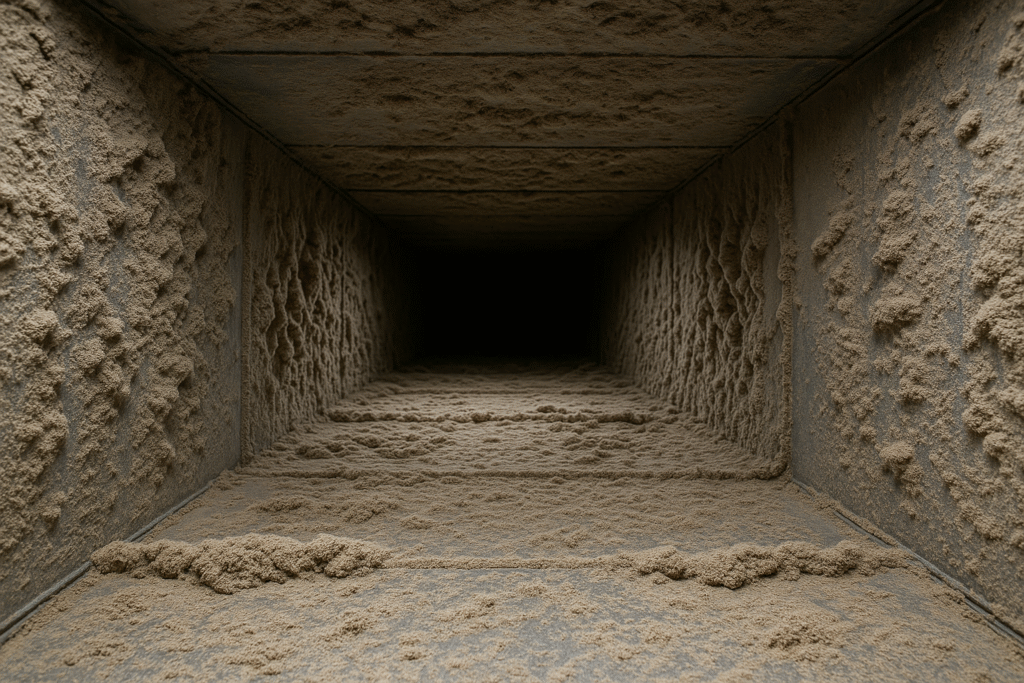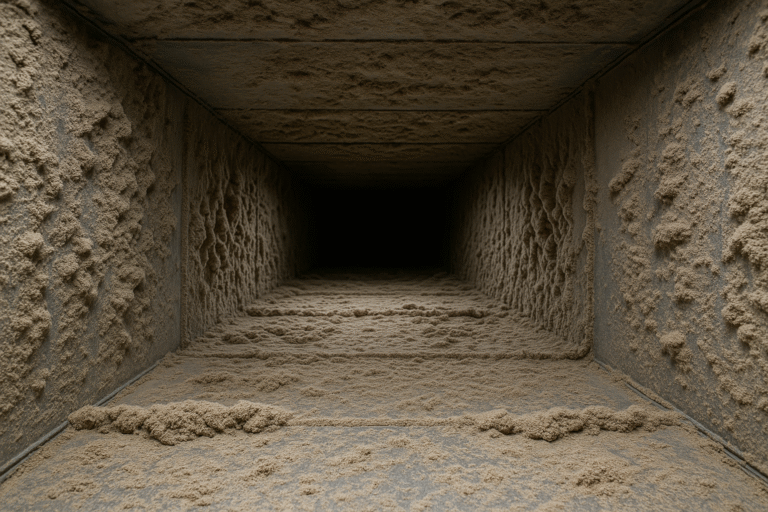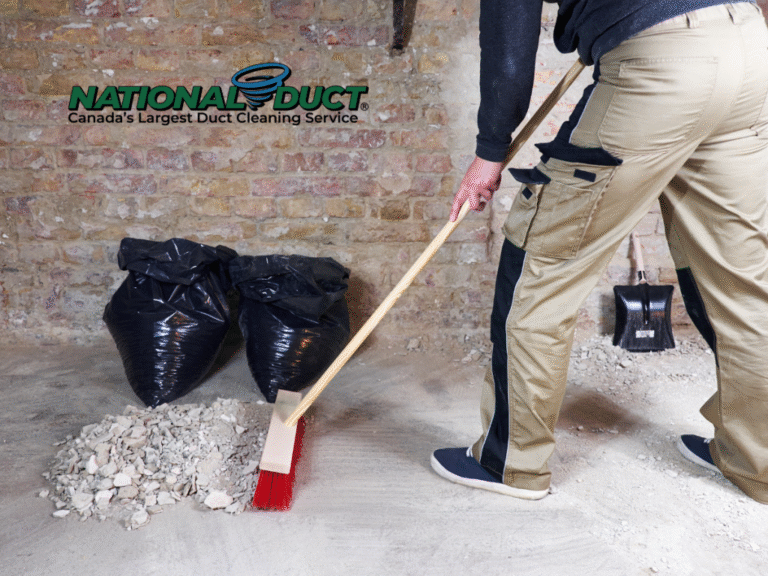Where House Dust Comes From

Most homeowners vacuum, dust, and sweep every week — but no matter how clean your home is, that fine layer of dust always seems to come back. Ever wonder where it actually comes from? The truth might surprise you. Household dust is a complex mix of particles from both inside and outside your home, and many of its sources are completely natural.
The Everyday Origins of Dust
- Skin Cells and Hair
Humans shed millions of skin cells every day. These microscopic flakes become one of the main components of household dust, especially in bedrooms and living areas. Add in hair from people and pets, and you have a steady supply of organic debris floating around. - Fabric Fibers
Every time you sit on your couch, make your bed, or walk across a carpet, tiny fibers break free from fabrics. Upholstery, bedding, curtains, and rugs constantly release small lint-like particles into the air, contributing to the dust you see on surfaces. - Outdoor Dirt and Pollen
Each time you open a door or window, microscopic bits of soil, pollen, and plant matter hitch a ride inside. Pets also track these particles in on their fur and paws, and they eventually settle into your air ducts, carpets, and furniture. - Cooking and Burning
Cooking, fireplaces, and even candles release fine particles and soot that can settle as dust. These airborne pollutants cling to walls, vents, and ceiling fans over time. - Construction and Building Materials
Homes constantly “shed” small fragments from drywall, insulation, plaster, and paint. In newer or recently renovated houses, dust from sanding, cutting, or drilling can linger in ductwork long after the work is finished.
How Dust Travels Through Your Home
Your home’s HVAC system plays a major role in circulating dust. As your furnace or air conditioner runs, air moves through the ductwork, picking up debris that has settled inside. Over time, this dust can build up on vents and reduce air quality. That’s why routine duct cleaning is so important — it helps remove what vacuuming and dusting can’t reach.
The Hidden Health Impact of Dust
For many people, dust is more than just a nuisance. It can carry allergens, pet dander, mold spores, and even microscopic insect fragments. Breathing in these particles may trigger allergy or asthma symptoms, especially in children and older adults. Clean air ducts and high-quality furnace filters can dramatically reduce these triggers.
How to Reduce Dust in Your Home
While you can’t eliminate dust completely, these tips can help keep it under control:
- Change your furnace filter every 2–3 months (or more often if you have pets).
- Vacuum carpets and furniture regularly using a HEPA-filtered vacuum.
- Use doormats at every entrance to catch outdoor dirt.
- Keep windows closed during high pollen seasons.
- Schedule professional duct cleaning every 3–5 years, or sooner after renovations or if you notice dust around your vents.
Dust is an unavoidable part of indoor life — but that doesn’t mean you have to breathe it in. Regular cleaning, proper ventilation, and professional duct cleaning can keep your air fresher and your home healthier.
At National Duct , we specialize in removing the dust you can’t see — from deep inside your ductwork, furnace, and vents. With over 58 years of experience and NADCA-certified technicians, we help Ontario homeowners enjoy cleaner air and more efficient HVAC systems.





